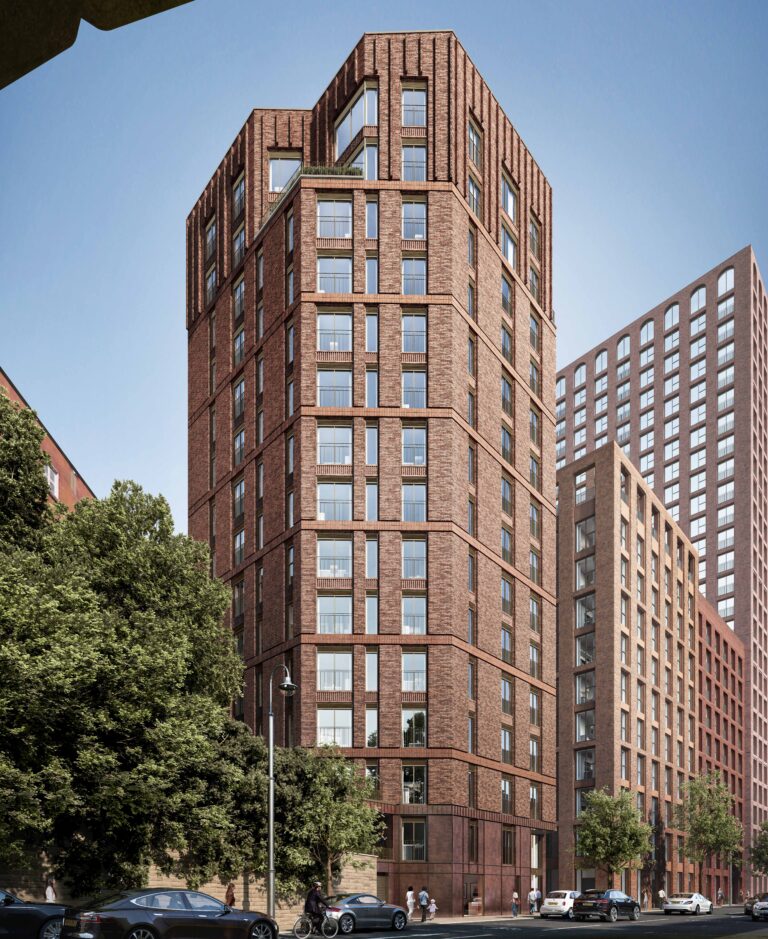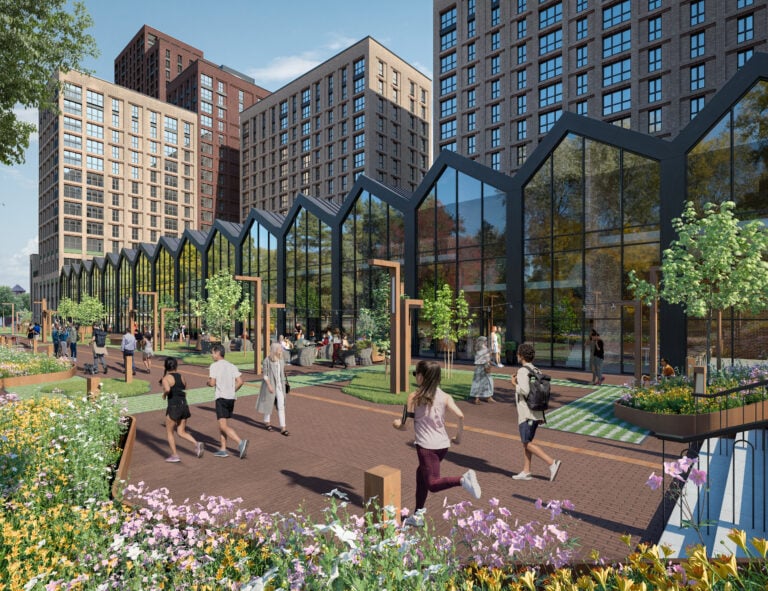With an interest rate cut looking even more likely later this week, the UK housing market is expected to rally as affordability improves and appetite remains strong.
Economic uncertainty has wobbled the confidence of businesses and consumers over recent weeks, with inflation, GDP and employment data all falling short of expectations, notes Tom Bill, head of UK residential research at Savills.
But throughout this, the UK housing market has retained a unique level of resilience, which has been supported by a shortage of supply versus demand, strong wage growth, and falling mortgage rates boosting affordability.
At the start of the year, the property sector was further spurred on by an urgency among buyers to complete purchases before stamp duty thresholds were reverted back to previous levels, after having been temporarily lifted to reduce the tax bill. This meant a flurry of activity alongside strong price growth between January and March.
But while many had predicted the acceleration to fall off a cliff in April, the data showed otherwise, as transactions and price growth merely reverted to ‘normal’ levels as buyer and investor appetite remained strong thanks to improving market conditions.
It meant that a short-term slowdown, described by Tom Bill as “a few tumbleweed moments”, was quickly followed by recovery kicking in for the UK housing sector.
UK housing market: the next chapter?
Both economic and residential sector activity can be divided into three chapters so far this year, says Tom Bill. The first marked a “flurry of activity” catalysed by US trade tariffs kicking in, alongside domestic tax hikes in April (stamp duty being a big one for UK housing transactions).
After this came a short but “inevitable slowdown as markets paused for breath”, followed by a return to recovery which came more easily to the property market than the wider economy.
Now, the housing market is seeing higher sales volumes, more mortgages being approved – with June’s figures broadly the same as the five-year average – and extremely strong mortgage product choice enticing borrowers back to the fold.
Although swap rates have risen alongside inflation in recent weeks, Tom Bill notes that the choice of sub-4% mortgages remains high enough to support activity. With a further rate cut potentially on the horizon this week, this could be just the incentive the UK housing market needs to keep demand on track.
However, trends show that pricing remains sensitive, making it a buyer’s market, which is expected to keep house price growth resilient yet steady. The number of buyers per new property coming to the market is at fairly low levels – but this could pick up if rates fall and economic conditions improve.
Rebound to strong growth
The latest report from Nationwide revealed a UK housing market “rebound” in terms of pricing in July, as annual growth increased from 2.1% in June to 2.4%. This brings the building society’s average house price to £272,664 – although this is just one measure of property prices.
At the same time, the house price to earnings ratio fell to its lowest level in over a decade, says Nationwide, after steady income growth over recent months, a more sustainable rate of house price growth, and some mortgage rate falls.
The situation has improved for buyers with lower deposits, as the price of a typical home is now around 5.75 times the average income (versus 6.9 recorded in 2022), while lenders have been putting more products on the table for higher loan to value mortgages.
All of this means the outlook for the remainder of the year for the UK housing sector is strong, particularly with more interest rate cuts before the end of 2025.
Robert Gardner, Nationwide’s Chief Economist, said: “Unemployment remains low, earnings are still rising at a healthy pace (even after accounting for inflation), household balance sheets are strong and borrowing costs are likely to moderate a little further if Bank Rate is lowered further in the coming quarters as we, and most other analysts, expect.
“Providing the broader economic recovery is maintained, housing market activity is likely to continue to strengthen gradually in the quarters ahead.”










